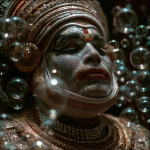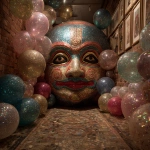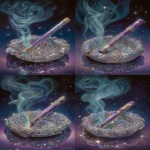Explore the Best AI Image Gallery

Pixel Perfect: How AI is Transforming Product Photography
The world of product photography has always been about showcasing products in their best light, highlighting their features and enticing consumers. Traditionally, this involved elaborate setups, skilled photographers, and time-consuming post-production processes. But a new player has entered the scene, poised to revolutionize this industry: Artificial Intelligence (AI).
From generating stunning visuals to automating tedious tasks, AI is rapidly becoming an indispensable tool for product photographers and marketers alike. Lets delve into how this technology is reshaping the creative landscape and what it means for the future of product photography.
The Creative Canvas: AI-Powered Product Photography
AI is transforming product photography in several exciting ways:
- Automated Image Generation: Imagine a world where you can instantly generate high-quality product images with different backgrounds, lighting, and angles. AI algorithms can now learn from existing datasets to create realistic and visually appealing photos, saving time and resources for photographers and businesses.
- Enhancing Existing Images: AI can be used to enhance existing product photos, improving clarity, resolution, color accuracy, and even removing unwanted elements like blemishes or distracting backgrounds. This allows brands to present their products in the most polished and professional manner.
- 3D Modeling and Visualization: AI-powered tools can create realistic 3D models of products from 2D images, allowing for interactive product visualization and virtual try-on experiences. This is particularly valuable for industries like fashion, furniture, and automotive, where customers want to explore products in detail before making a purchase.
- Personalized Product Presentations: AI can analyze customer data and preferences to generate personalized product presentations. For example, it could tailor image backgrounds or styles based on a customers age, gender, or past browsing history, creating a more engaging and relevant shopping experience.
The Ethical Landscape
While AI offers immense potential for product photography, it also raises several ethical considerations:
- Bias in Algorithms: AI algorithms are trained on massive datasets, which can inadvertently contain biases that reflect societal stereotypes. This can result in product images that perpetuate harmful representations or discriminate against certain groups.
- Job Displacement: The automation capabilities of AI may lead to concerns about job losses in the photography industry. Its essential to consider the impact on photographers and explore ways to reskill and adapt to this evolving landscape.
- Transparency and Accountability: As AI plays a larger role in creating product images, its crucial to ensure transparency in the process. Consumers should be informed when AI is involved and have a clear understanding of how their data is being used.
Future Trends
The future of AI in product photography is brimming with exciting possibilities:
- Increased Realism: AI-generated images will continue to become more realistic and indistinguishable from photographs taken by humans.
- Immersive Experiences: AI will enable immersive product experiences, allowing customers to virtually interact with products in 3D environments.
- Personalized Content Creation: AI will personalize product presentations at scale, tailoring content to individual customer preferences and needs.
- Sustainable Practices: AI can optimize production processes and reduce waste in product photography, contributing to more sustainable practices.
Conclusion
AI is undoubtedly transforming the world of product photography, empowering brands to create captivating visuals, automate tasks, and deliver personalized experiences. While ethical considerations must be carefully addressed, the potential benefits are immense. As AI technology continues to evolve, we can expect even more innovative applications that will reshape the way we interact with products and ultimately enhance the shopping experience.
](https://images.ai-img.art/thumbnails/150/485c8b1c747827bdc9a962f8a1919b3c259b18dd263b260208a1eae19fb85e07.webp)

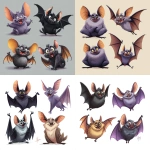
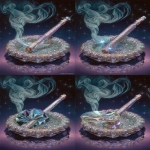



](https://images.ai-img.art/thumbnails/150/8d1fe5a7a49cfc96747182431a853357913286d89258383caab2d3b4681afcb5.webp)









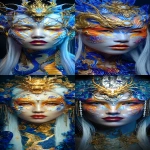
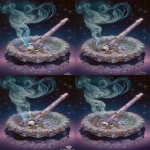



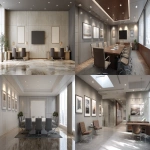
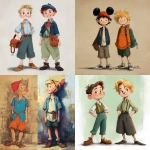

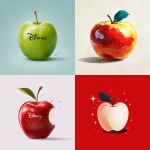



](https://images.ai-img.art/thumbnails/150/5197af8969d850e2a43e141d41e482ccbceedebceb2a4caf9f098f943f9d1b0f.webp)
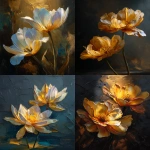
](https://images.ai-img.art/thumbnails/150/3020b8c2b6d9be07e042357107af1de10deb274a41d2b0f332684ad4b532a702.webp)

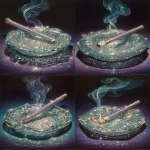
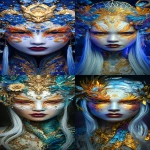

](https://images.ai-img.art/thumbnails/150/2fbd98ecfc425cfc1597779121e1c0305437067779e9c471eb64ff9615d5be98.webp)

](https://images.ai-img.art/thumbnails/150/269414b0e541026702e9e67c67602c96162f37ff460a388b3b36314c8fc936dd.webp)



